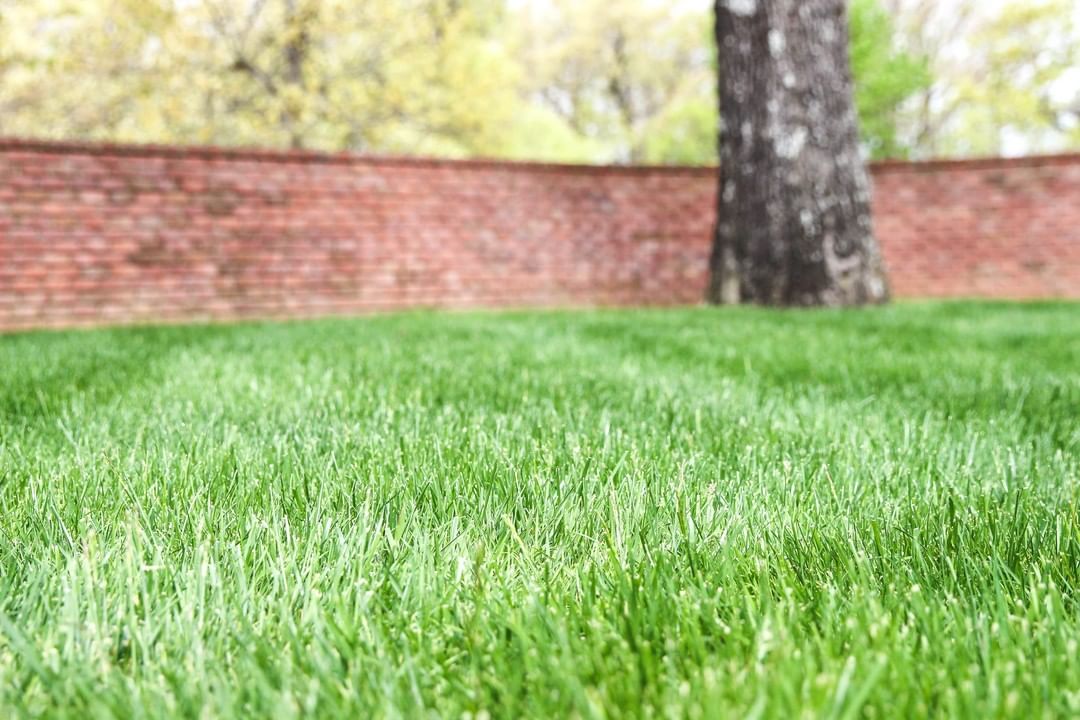With the summer in full swing now it’s a good time to talk about lawn care. Lawns need a lot to maintain that health green we all like (well most of us). Sometimes it seems like a complex art than anything else. We all have seen those immaculate lawns on TV, or in the movies.
Important Tips to Help Maintain a Healthy Lawn
Years of work is the first answer that comes to mind, lawns are not an overnight or weekend project. I have had friends wonder if it would be better to just start all over, rather than fight the weeds. Keep in mind that weed seeds will grow just as well as grass seeds, or sod. So we are back to the work. So were do I start? I like to answer questions, with a question (don’t worry I will answer it). It’s to get you thinking.
So here is the first question: what are lawns made of? The quick answer would be grass. Well that is correct, but far from the right answer. Well not to get too scientific, the basics of a lawn are: the root structure, the thatch, and the blades. All of these things need to be cared for to maintain a healthy lawn.
The roots.
The roots are the most important part of the lawn, without it you would have a nice dirt-lawn. How do you properly care for the root system of your lawn? Proper watering, feeding, and trimming.
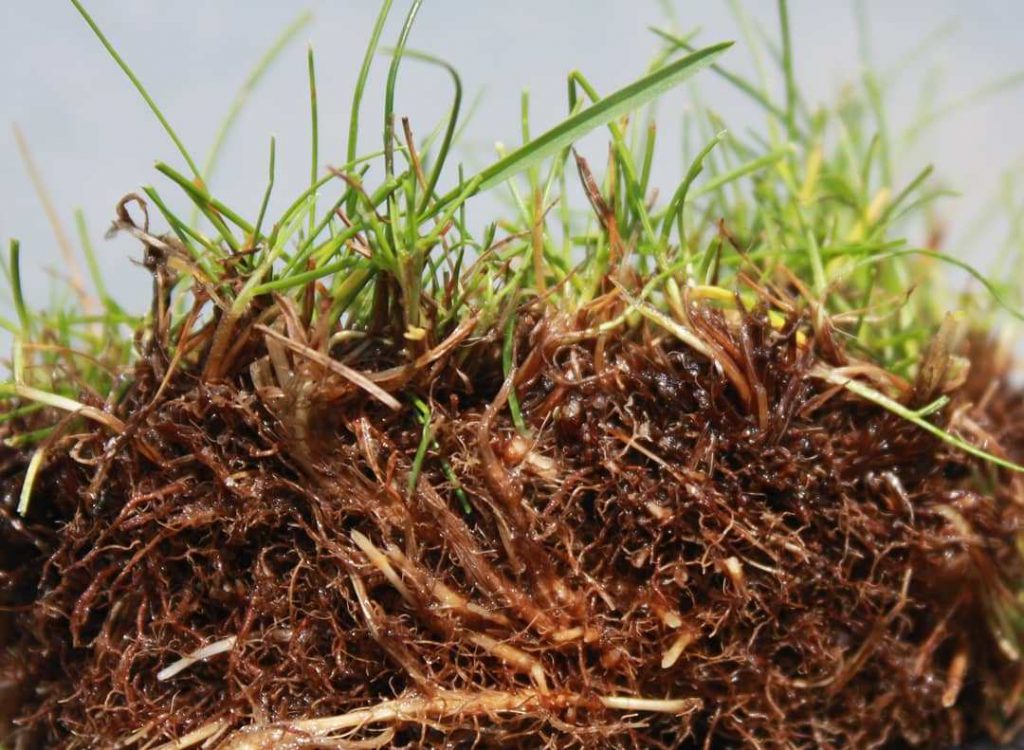
Lawns should only be watered 2 – 3 times per week. You should water for 30 – 60 minutes per watering, depending on soil type and sprinkler heads. Watering too often will cause the roots to grow at a shallow depth. This can cause you lawn to suddenly become yellow if the heat hits too fast. Watering it less often for longer periods helps the water to soak in deeply and then the roots will follow. The deeper the root system the better.
Next we need to feed it. A good regime is 3 – 5 times per year. Once in the early spring (or as soon as the snow melts), this should just be a balanced fertilizer. A good balance is 10 – 10 – 10, 14 – 14 – 14, or 16 – 16 – 16. If you don’t know what these numbers mean, ask your local nursery (they should know what to get you). I prefer the granule types over the sprays, they are easier to spread and last longer. Next fertilize your lawn with a weed and fertilizer combo in the late spring (middle of March or early April).
Be careful to follow all of the directions for your weed and feed, many will scorch or burn your lawn if applied improperly. June brings us to the summer feed, this one should be higher in the nitrogen, to keep the grass green during the heat. This one needs to be watered in as soon as you get it, it could also scorch your lawn in the heat. In the fall we have another weed and feed, it should be applied the same as the previous weed and feed. This is usually around late august to early September. The last application is tricky, it depends on when it snows. This application is normally called the winterizer, you put it on just before winter. It feeds the lawn all winter, this way it can get off to a good start in the spring.
Now as for the trimming. How long should you lawn be? That depends on the season. In the spring, summer, and fall you will want to keep it a nice medium length, 2 inches at the shortest, 3 or 4 inches would be preferable. With the lawn a a medium length you will have a balance between looking nice and healthy. The shorter the grass the less it spends on root development and the more it spends on blade development. This is a point of debate between my friend and me; he likes it shorter, because it looks nicer, I like it longer so I don’t have to water as much. It is up to you in the end, this is just a collection of helps (if you want them).
The thatch.
I have often heard people say that thatch is bad for the lawn, while it’s true that too much is bad for your lawn, none is just as bad. So dispel that common myth that thatch is bad and you should have none. The good that thatch does for your lawn is keep moisture in. It takes the brunt of the summer heat, so only a little gets to the dirt below. Too much thatch can have the opposite effect, it can keep water from getting to the lawn. It can also help keep bugs and disease from overwhelming your lawn.
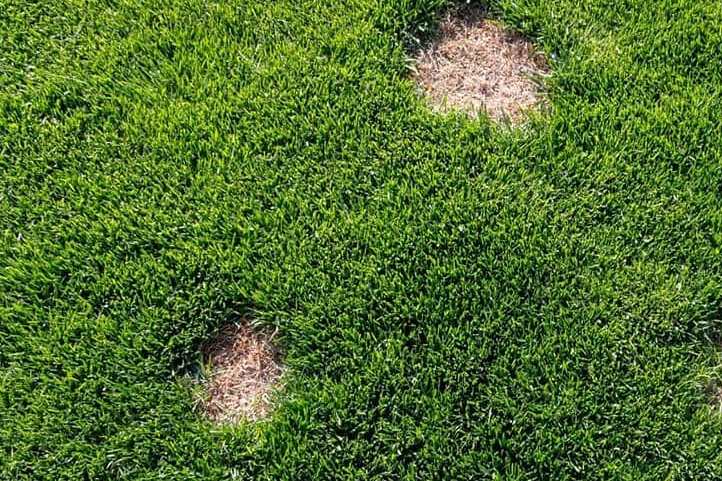
A good thatch is a quarter inch. De-thatch your yard every few years to keep it controlled. If you have no thatch now don’t worry. The next time you mow your lawn don’t bag it, leave the grass clippings on the lawn to help build up a thatch layer. Do this until the thatch is at the desired length. It is also a good idea to mow without a bag, once in the spring and once in the fall to help keep the thatch a the proper length (only if you don’t have a lot of it).
The Blades.
Nice green blades of grass, that is what every lawn fan wants. We know how to water, feed, trim and overall keep them healthy. But what do we do if the lawn continues to go brown, yellow, red or any other strange color. The best way to get you lawn problems diagnosed is to take a 6 x 6 inch square from the edge of the problem area. Take it into your local nursery (call first, some places don’t want you to bring anything in).
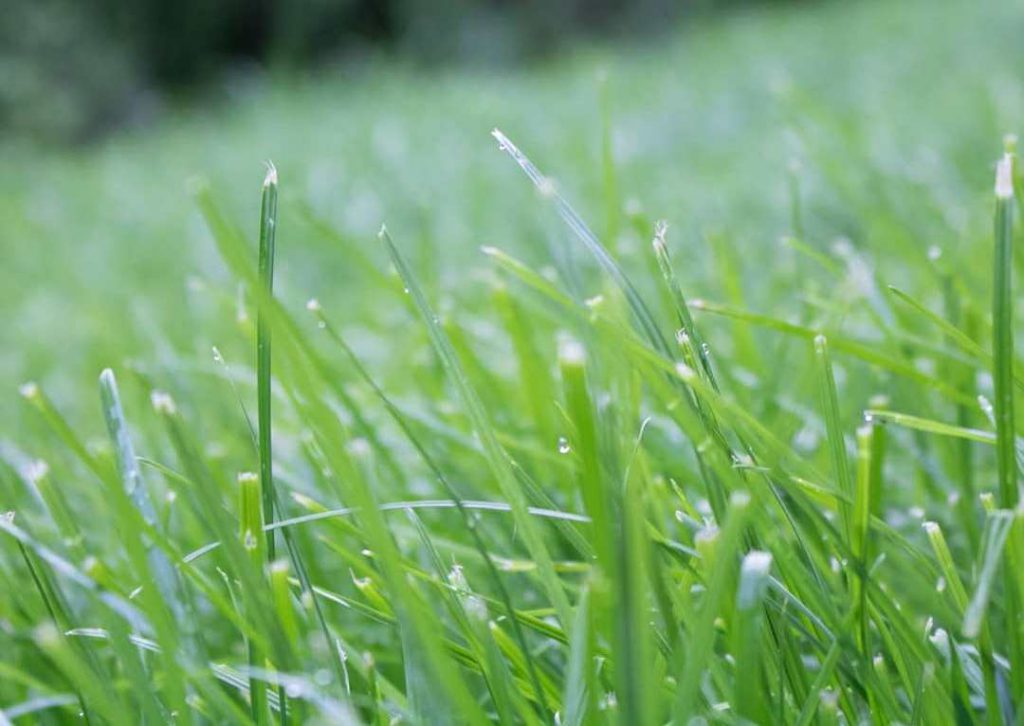
You need to get it all, the roots on up. It is also very important that you get it from the edge of the problem area, this is were the problems will be developing and spreading. A good guide is to get half good lawn and half dead lawn. And don’t worry if you put it right back and water it well it should be fine. Lawn mower maintenance is important to the health of a lawn. A dull lawnmower blade will tear the grass instead of cut it. So keep your lawnmower maintained.
So to recap. Water 2-3 time a week for 30-60 minutes(the early morning just before dawn works best). Fertilize 3-5 times a year. Trim it to a medium length to promote root development. Have a quarter inch of thatch to help retain moisture. Talk to you local nursery expert when you need help. And maintain your lawn care equipment(both for your safety and the lawn’s health). And enjoy!
We Should All Have a Nice Green Healthy Lawn
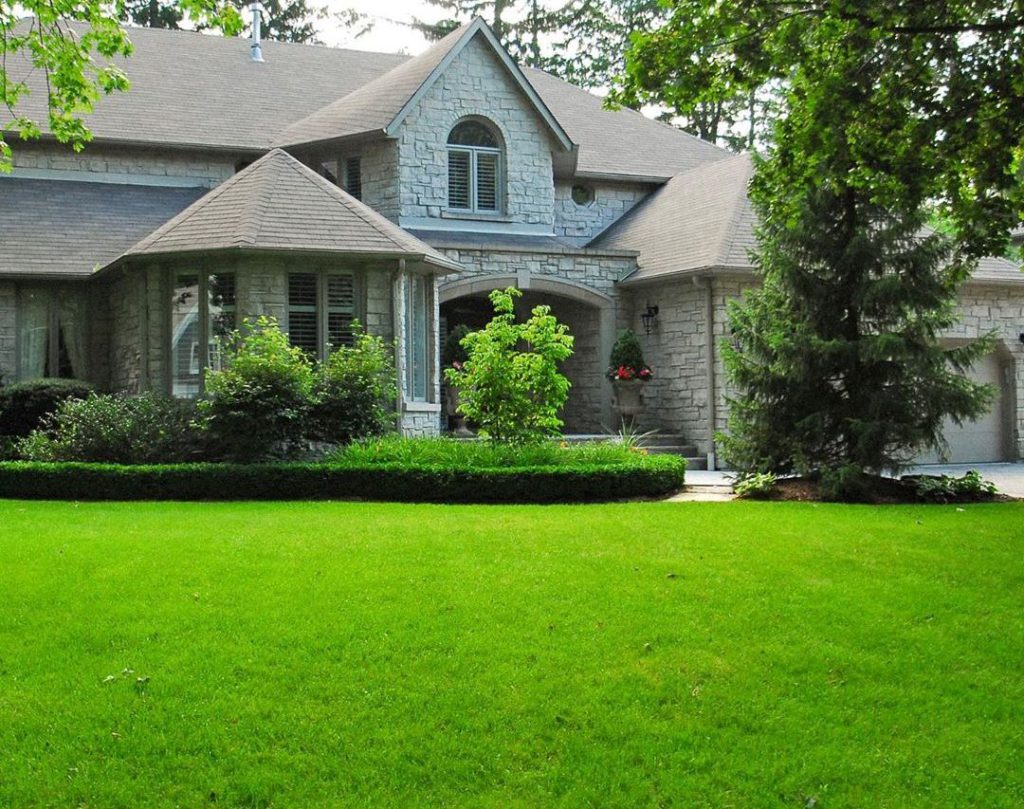
When it comes to our lawn we all want it to look as good as it can. There are a few things that you can do to make this happen. Our lawn is important to us and keeping it in good shape is something we all want. When people look at your lawn they usually have something to say and with a few lawn care tips you will be on your way to getting alot of compliments and having a great looking lawn. Depending on how your lawn is taken care of it can also make your property look so much better.
The first thing you need to know is about mowing your lawn. Make sure when you mow that you don’t scalp your lawn. This is from having your mower blade set too low to the ground. This will leave brown patches on your lawn and will make it where the sun can burn your lawn and make it look brown and dried out. So please raise your blade if you see this happening. Or if your mower is hard to push then this is because your blade is set down too low on your mower. If you raise your mower blade up set it up just enough to where it is easy to push your mower with out any strain on you. If you do this your grass will not have patches and dry out because of the sun.
Another thing is make sure your lawn is getting enough water during the hot summer months. Put in a sprinkler system out or water it regurally with your water hose. This will help to green it up and make it look healthy. If you do have any brown patches or bare spots on your lawn. Buy Grass seed and lawn fertilizer and water it regurally until the new grass is coming through. Bare spots can be on lawn from moles rooting around. We have all had this problem at one time or the other. New grass seed will take care of that.
